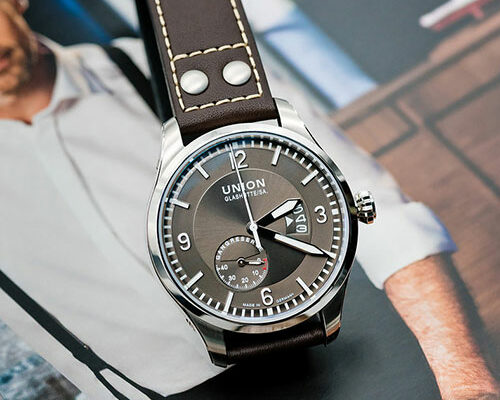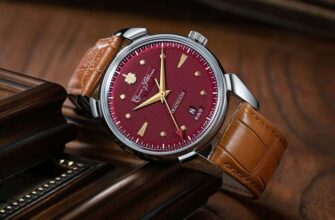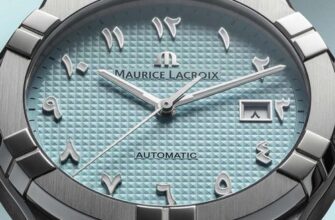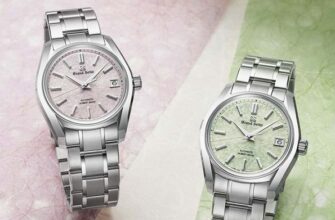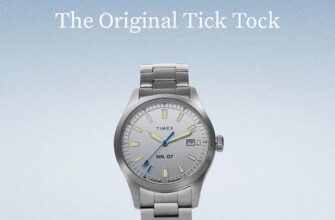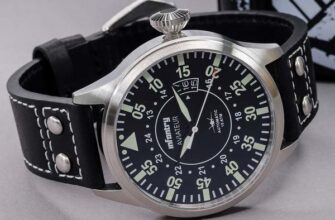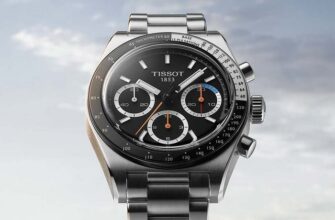In articles and specifications about watches, you may have come across the abbreviation ETA or the phrase “ETA mechanism” more than once. This is the name of an industrial empire producing mechanical and quartz movements, as well as spare parts for them. The factory produces millions of movements every year, servicing about half of all Swiss production. What contribution does ETA make to watchmaking and what is remarkable about its mechanisms - read in our material!

Where, when and by whom was the ETA factory founded?
The ETA factory is the result of the merger of several independent factories. In 1793, in the town of Fontainemelon in the canton of Neuchâtel, the brothers Benguerel and Humbert-Droz began producing basic movements (from 1816 - Fabriques d'Horlogerie de Fontainemelon). And in 1856, in the city of Grenchen in the canton of Solothurn, another factory was founded, which produced not only movements, but also the watches themselves - it was this that would lay the foundation for the ETA empire.
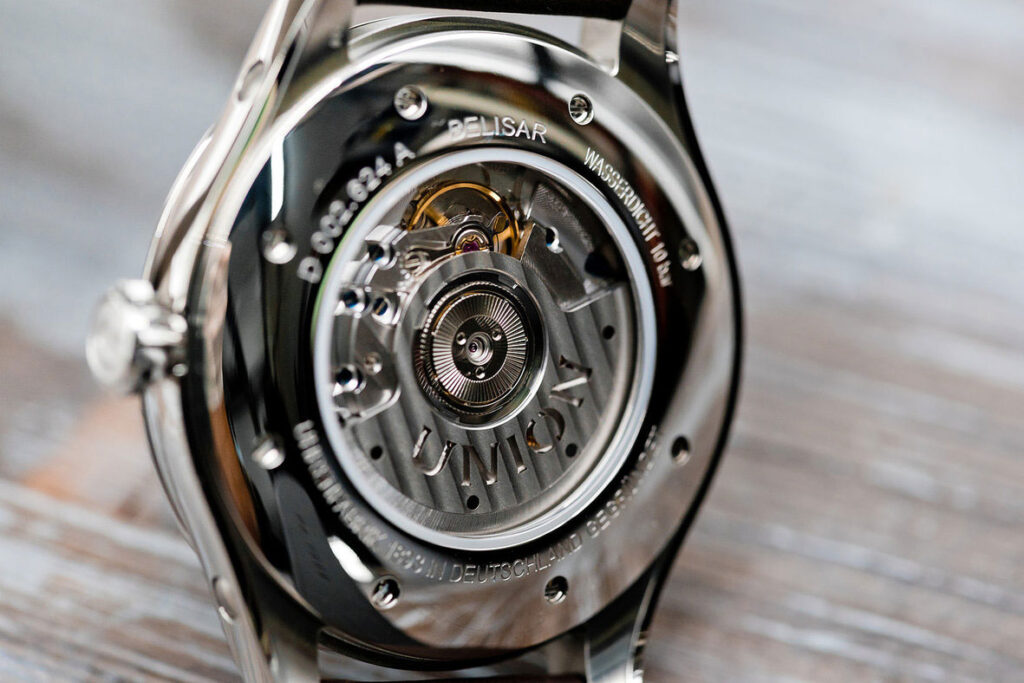
In 1926, three main companies - FHF, ETA and AS - together with several others created the association Ebauches SA (from the French Ebauche - “basic mechanism”). The goal was to strengthen the Swiss watch industry on the global market. Over the next few decades, the conglomerate included dozens of small and medium-sized industries, among them, for example, Unitas Watch Company and Valjoux.

ETA becomes part of The Swatch Group
The year 1983 became significant for the entire world community, it was then that The Swatch Group (SMH until 1998) was formed, of which ETA became a part. Today, The Swatch Group produces up to 25% of all watches on the planet and is involved in the production of even more.

What movements does ETA produce?
Today, the ETA factory produces several types of products:
- basic mechanical mechanisms (the customer brand later independently refines them, for example, adding complications, or bringing individual elements to perfection);
- ready-made mechanical mechanisms (can be the same for different brands or created specifically for one brand);
- quartz movements.
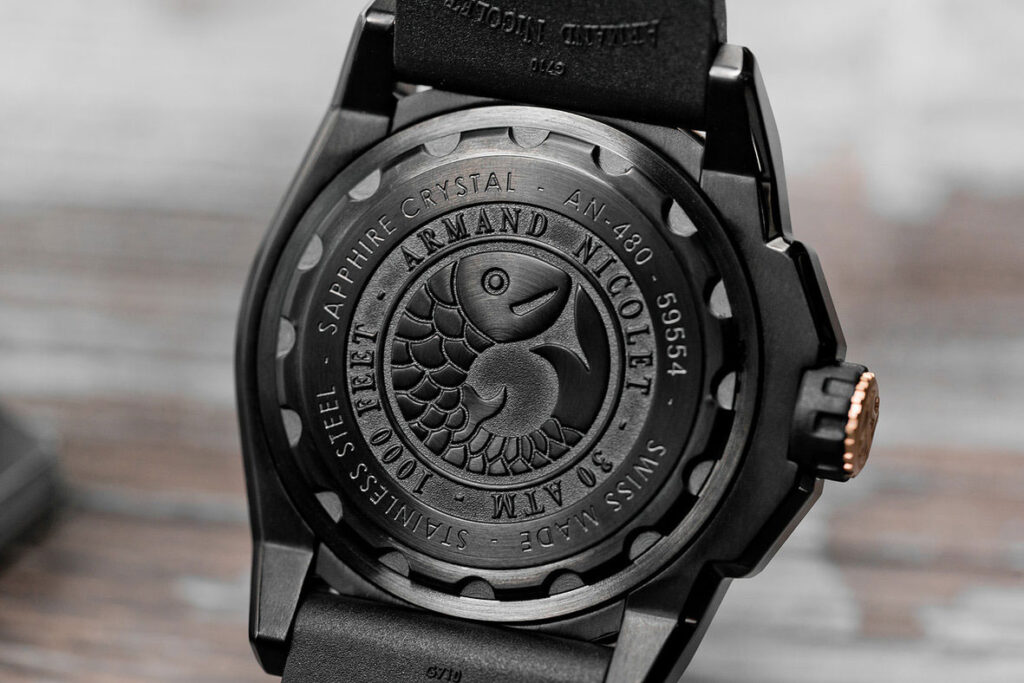
Among them are self-winding movements, mechanical and quartz chronographs.
Today they are all combined into 7 episodes:
- three mechanical: Mecaline, Mecaline Specialties and Mecaline Chronographes;
- four quartz: Flatline, Normflatline, Trendline and Fashionline.
Some mechanical calibers are not sold abroad, they are made only for Swiss brands, while others make the hands of watches from manufacturers from different continents move.
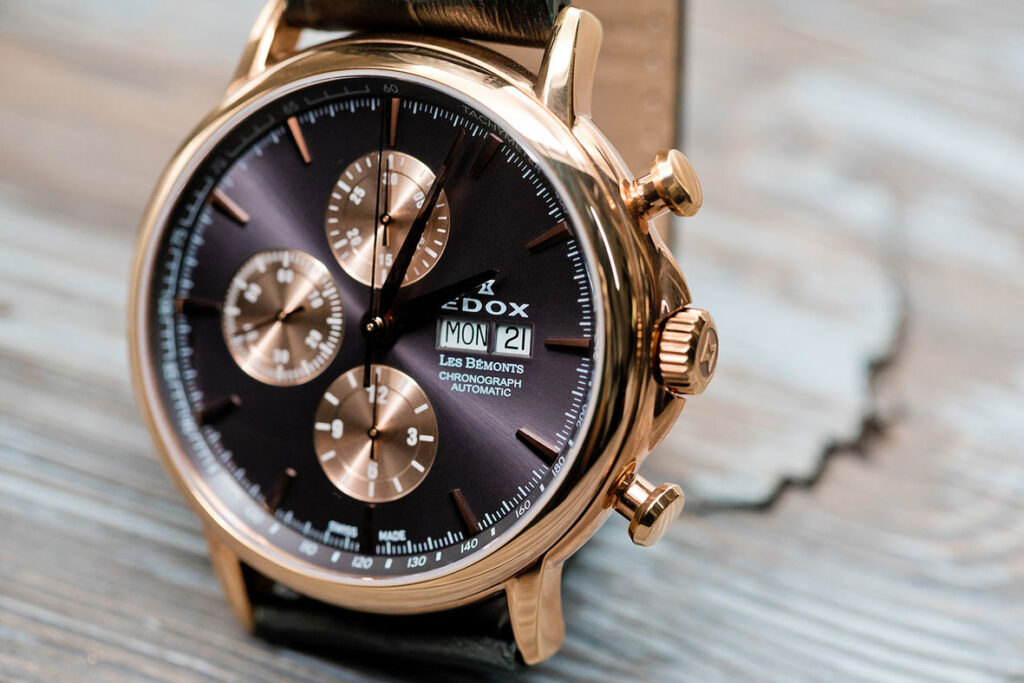
In which watches can you find ETA movements?
ETA is the basis of the huge structure of The Swatch Group, which supplies movements and movement parts to all brands belonging to the group: Omega, Tissot, Longines, Rado, Breguet, Harry Winston, Blancpain, Glashutte, Jaquet Droz, Certina. Balmain, Calvin Klein, Hamilton, Mido, Flik Flak and Swatch.
In order to optimize production and reduce costs, the association's structures took on various functions. ETA, using smaller manufacturers of individual parts as contractors, supplies watch movements not only to all of the above brands, but also to others, for example, TAG Heuer, Oris, Panerai.
Many brands that modify ready-made movements assign their own alphanumeric designations to them, but finding out the original source is usually not difficult.

The most famous ETA calibers
Valjoux 7750 is a chronograph movement with self-winding, produced since 1975. So successful and widespread that even Rolex used it at one time. Today you can find it in watches from Omega, Longines, Oris, Fortis, Tissot, Maurice Lacroix and more.
Unitas 6497 is a hand-wound movement, born in 1950. The classic caliber, simpler and cheaper than the previous one, has undergone many modifications and is still actively used along with version 6498 in watches by Auguste Reymond, Steinhart, Tissot, Maurice Lacroix and others.
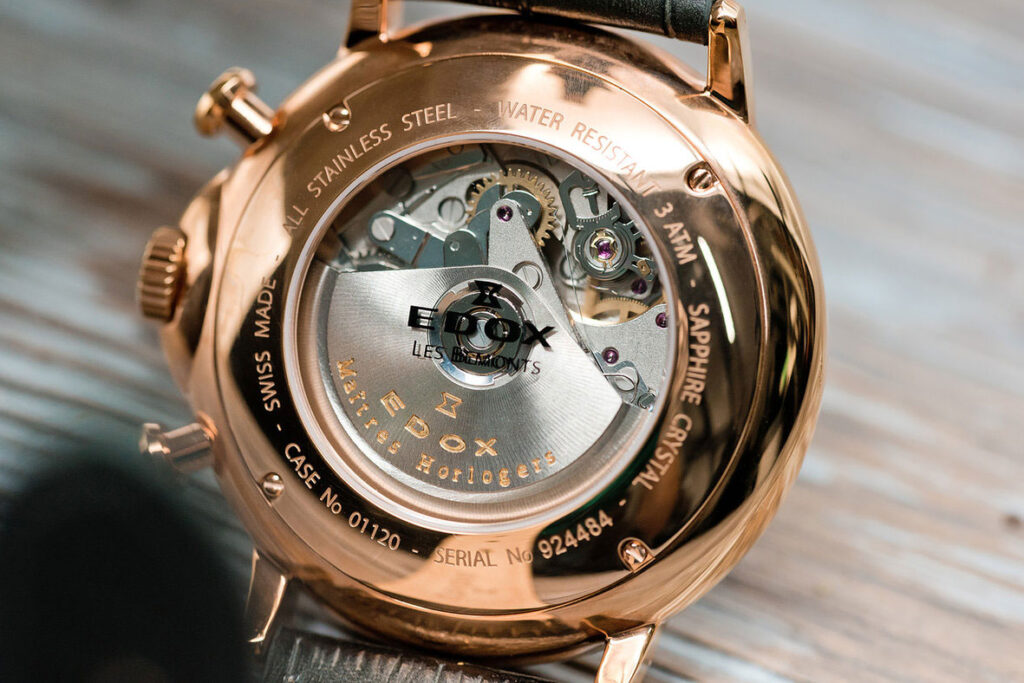
ETA/Peseux 7001 is an ultra-thin compact movement (thickness 2,5 mm, diameter 23,3 mm) with manual winding, its production began in 1972. Installed in a number of Maurice Lacroix, Mido, Stowa models and watches of other brands.
A number of Oris models, and not only them, still operate today with the ETA 2824, the “successor” of the Eterna 1541 caliber, produced since 1971 (the well-known Sellita SW 200 movement is, in fact, its double).
The ETA 2892 self-winding movement, which has existed in its more or less unchanged form since 1975, was chosen by Breitling, Cartier, Frank Muller, IWC, Ulysse Nardin, and Omega for their watches.
